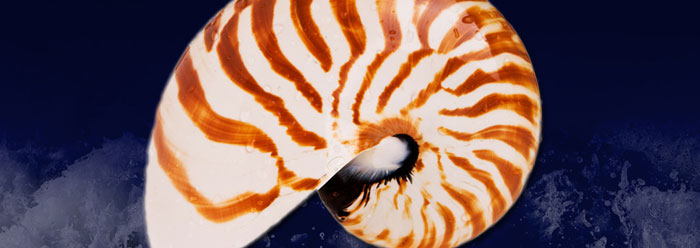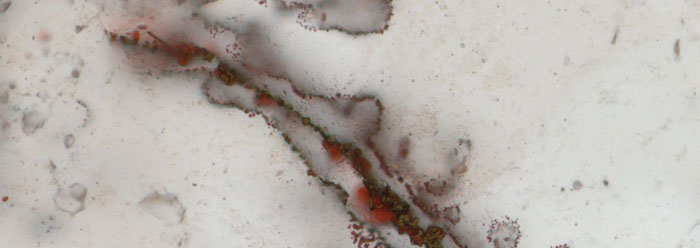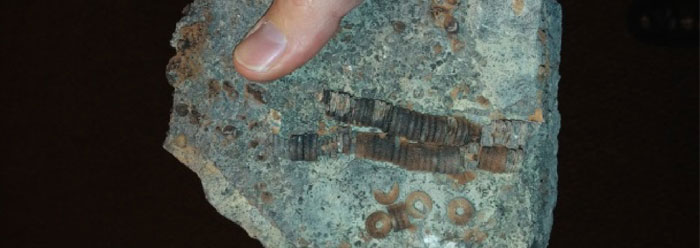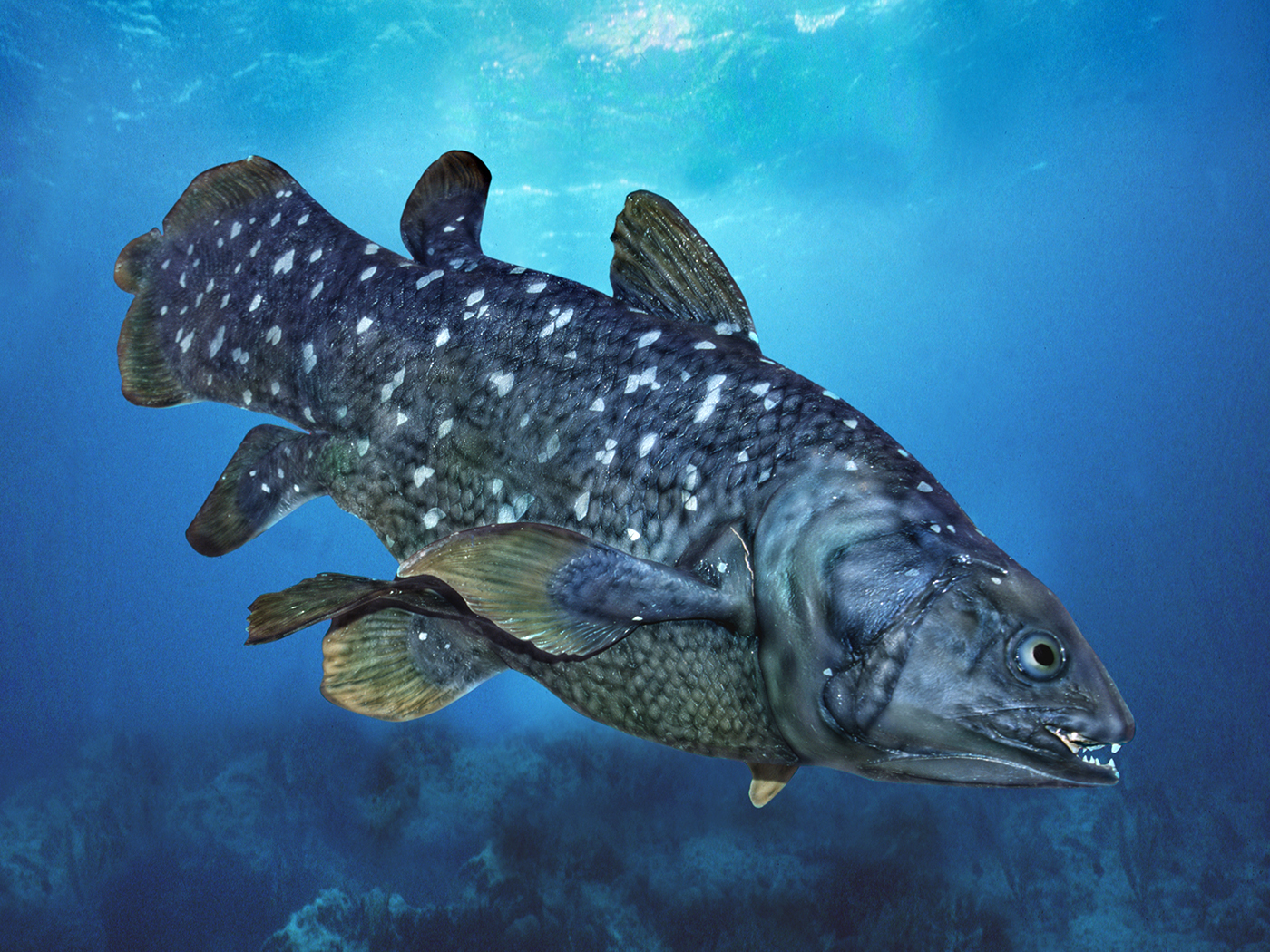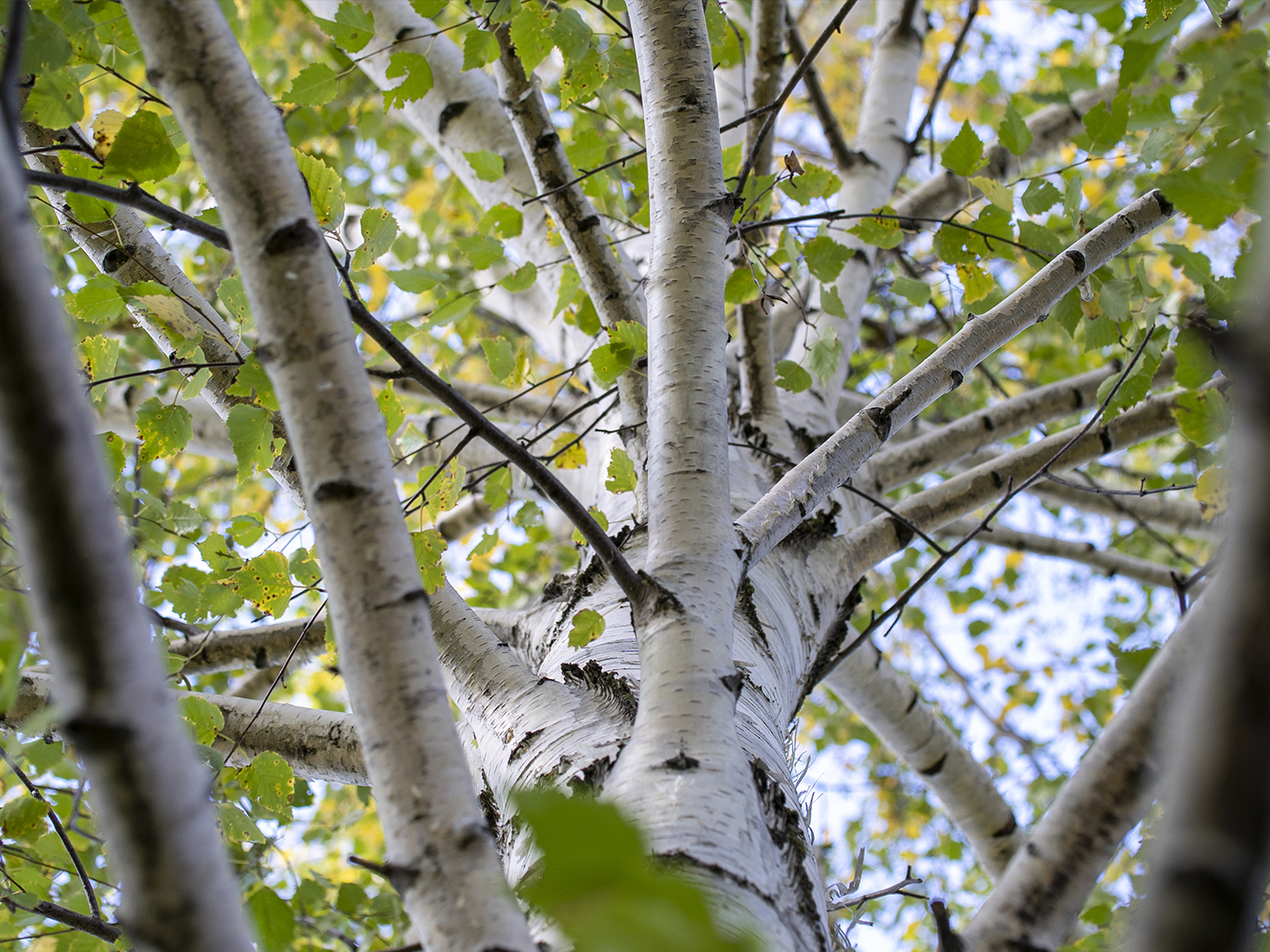The chambered nautilus, also known as the pearly nautilus, is a mollusk with a beautiful, symmetrical shell that is divided into buoyancy-controlling chambers. Few of these amazing sea creatures remain, apparently due to over-harvesting because their shells are popular novelties.
A team of scientists from Australia and America studied and catalogued life details of the nautilus that might aid in preserving the creatures. One of their findings may also help answer a longstanding question about ammonite extinction.
Ammonite fossils are numerous in certain sedimentary rock layers. At one time, the earth's oceans held many ammonites, which are thought to be related to the chambered nautilus because they also were tentacled mollusks that lived inside chambered shells.1 What led to the widespread demise of this once-thriving sea creature?
Today, the nautilus survives by scavenging and using its tentacles to forage for food. When threatened, it can jet "backwards" like a squid. Publishing in PLoS ONE, the researchers provided the most complete data set known for the chambered nautilus.2 Using a remote underwater vehicle, they were able to catch, mark, and re-catch many chambered nautiluses that inhabited Osprey Reef in Australia's Coral Sea.
Among many findings, they discovered evidence that the nautiloids do not appear to breed until they are about 15 years old. This means that chambered nautiluses harvested before this age never even had a chance to produce the next generation. The study stated, "All parameters point to an organism which is vulnerable to low levels of exploitation, as has been demonstrated through changes in catch per unit effort in Philippines Nautilus fishery studies."2
Although it is speculative, there may be a connection between the vulnerability of the chambered nautilus and the vulnerability of past nautiloids. Few ocean-dwelling creatures survived the rigors of Noah's Flood. The fossils show that the vast majority of marine life forms have gone extinct. Thus, today's ocean inhabitants represent the hardiest, or luckiest, of the original lot.
Although the Flood from its onset until Noah's Ark landed on Ararat took about one year, the world's waters did not fully settle down for many years. If ammonites had an even longer maturation time than the chambered nautilus, then whole generations could have been wiped out by the mud-laden floodwaters before they had enough time to reproduce. Perhaps the newfound vulnerability of the chambered nautilus was even more so for ammonites, which did not survive the turbulent time of the Flood.
Assuming that no living ammonites will be found, the requisite observations to test this hypothesis will not be possible. However, the profusion of dead and buried fossil ammonites in the rock record clearly shows that the earth experienced a catastrophic watery deluge.
Amazingly, their modern cousin, the chambered nautilus, is virtually indistinguishable from fossilized counterparts found in Cambrian rock strata, which are supposedly about 500 million years old. The idea that eons of evolutionary processes have not so much as tweaked the chambered nautilus body form refutes the entire construct of all life descending from some common form. This spectacular "living fossil" points, instead, to a recent creation.3
References
- Some ammonite-like creatures had straight shells, like the nautiloids fossilized in Grand Canyon's Redwall Limestone. See Austin, S. A. 1990. Were Grand Canyon Limestones Deposited by Calm and Placid Seas? Acts & Facts. 19 (12).
- Dunstan, A. J., P. D. Ward and N. J. Marshall. 2011. Nautilus pompilius Life History and Demographics at the Osprey Reef Seamount, Coral Sea, Australia. PLoS ONE. 6 (2): e16312.
- See Evidence for Creation: Living Fossils Display No Signs of Evolution's Long Ages. Posted on www.icr.org.
* Mr. Thomas is Science Writer at the Institute for Creation Research.
Article posted on March 15, 2011.




